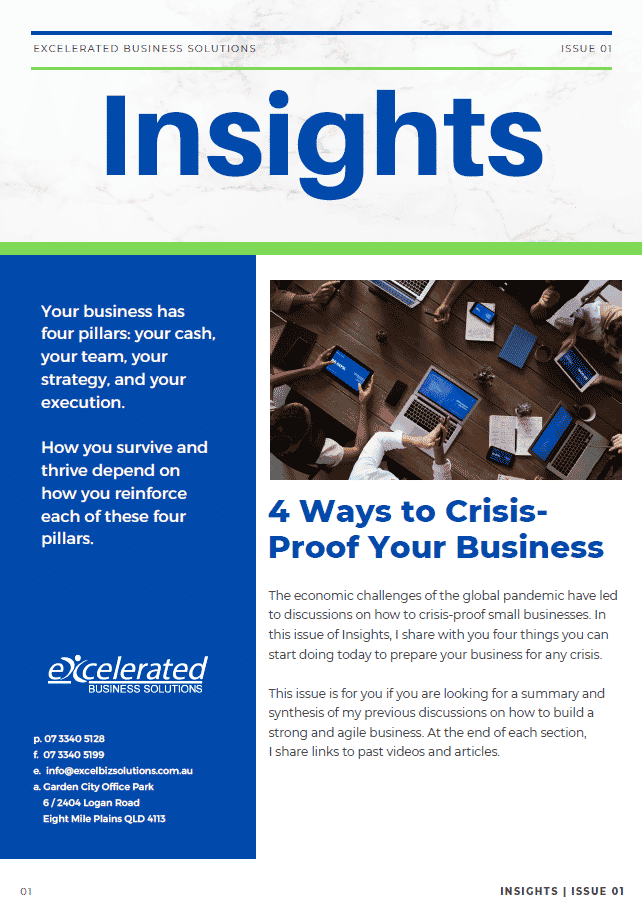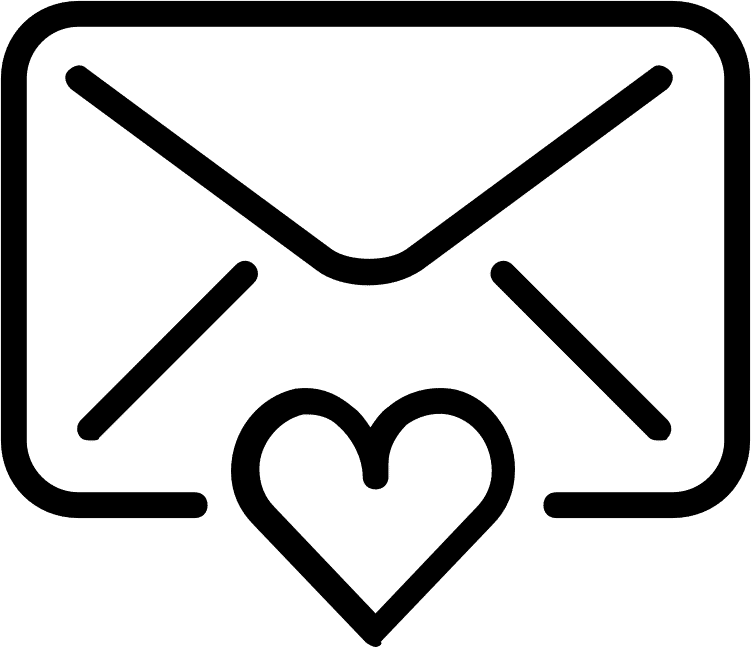Have you ever walked into your local café and had the barista remember your order—right down to the oat milk and double shot? Or maybe you received a discount code from your favourite online store just as you were about to make a repeat purchase. Those small, thoughtful touches make you feel seen—and, more often than not, keep you coming back.
These little things aren’t just nice gestures. They’re powerful business tools. In a world where customers are spoilt for choice, personalising the customer experience is the secret weapon that can help your business stand out and thrive—even in a crowded market.
Why Personalisation Matters More Than Ever
Let’s face it: today’s customers expect more than just good service. They want to feel valued and understood. Research shows that 80% of consumers are likelier to buy from businesses offering a personalised experience. It’s no longer a nice-to-have; it’s a must-have for any business that wants to grow.
Personalisation isn’t just about remembering a customer’s name. It’s about making every interaction feel relevant and meaningful. When you get it right, you’re not just increasing satisfaction—you’re building loyalty, trust, and repeat business. In fact, personalised emails alone can see click rates jump by 139% compared to generic ones.
And here’s the kicker: personalisation isn’t just for the big players like Amazon or Apple. Small businesses are often better placed to deliver personal service because you and your team interact daily with your customers. You can make each customer feel like more than just a number.
Real-World Example: The Power of Personal Touch
Let me share a story from my own experience working with a Brisbane-based business, Sieverts, a radiation protection consultancy. Their work is critical—helping medical imaging facilities stay compliant with Australia’s strict safety regulations. But what really sets them apart isn’t just their technical expertise; it’s how they look after their clients.
Sieverts uses simple, personalised email reminders to inform clients when inspections or assessments are due. It sounds basic, but it’s incredibly effective. These reminders help clients stay on top of their obligations, avoid fines, and keep everyone safe. More importantly, it shows that Sieverts genuinely cares about their clients’ success—not just ticking a compliance box.
This kind of proactive, thoughtful service is what turns a one-off transaction into a long-term partnership. It’s a perfect example of how small businesses can use personalisation to punch above their weight.
Busting the “Too Expensive” Myth
If you’re thinking, “That’s great, but I can’t afford fancy tech,” let’s bust that myth right now. Personalisation doesn’t have to break the bank. There are plenty of affordable tools out there—Mailchimp for automated emails, Zoho CRM for tracking customer preferences, and even Google Analytics to see what your customers are interested in.
What matters most isn’t the size of your budget but how thoughtfully you use the tools you have. Start small and build from there. The real secret is in the mindset: focus on making every customer feel valued, and the rest will follow.
The Business Benefits of Personalisation
So, what’s in it for your business? The benefits of personalising the customer experience are clear and measurable:
- Increased customer loyalty: Customers who feel valued are more likely to return—and to tell others about your business.
- Higher engagement: Personalised content and offers drive more clicks, conversions, and sales.
- Stronger brand reputation: Businesses that go the extra mile to personalise stand out in the market and build a reputation for care and quality.
- Improved revenue: Companies that get personalisation right can see up to 40% more revenue from these efforts.
In my book, $20K to 2 Million in 2 Years, I share how focusing on the customer experience—especially through personalisation—was a game-changer for many of the businesses I’ve coached. It’s not just about technology; it’s about building genuine relationships that drive growth.
Three Quick Wins for Personalising Today
Ready to get started? Here are three practical tactics you can implement right now—no massive budget or tech team required:
- Use Names—Everywhere
Personalise your emails, newsletters, and even your website greetings with your customer’s name. It’s a simple step, but it makes every interaction feel more human and less transactional. - Tailor Offers to Loyal Customers
If someone buys from you more than once, don’t send them the same generic discount as everyone else. Offer them something based on their purchase history—a product they’ve browsed, or a service upgrade that matches their needs. It’s a small gesture that shows you’re paying attention. - Leverage Your Website Data
Use website analytics to see what your customers are interested in. If someone keeps browsing a particular product or service, highlight related items or offer helpful content. It’s a gentle way of saying, “We see you, and we’ve got what you need”.
Personalisation for Small Businesses: Your Advantage
Big brands might have big budgets, but small businesses have something even more valuable: genuine, day-to-day connections with their customers. You can respond quickly, adapt to feedback, and make every customer feel like a VIP. Whether it’s a handwritten thank you note, a birthday discount, or a tailored recommendation, these are the touches that customers remember—and talk about.
Affordable Tools to Make It Happen
You don’t need to reinvent the wheel. Here are some affordable tools to help you personalise without breaking the bank:
- Mailchimp: Automate personalised emails and segment your audience for targeted offers.
- Zoho CRM: Keep track of customer preferences, purchase history, and important dates.
- Google Analytics: Monitor customer behaviour on your website and tailor content accordingly.
- SurveyMonkey: Gather feedback to better understand what your customers want.
- RingBlaze: Manage calls and keep track of customer interactions for a more personal touch.
Overcoming Common Challenges
Personalisation does come with its challenges—collecting and managing customer data, crafting relevant messages, and measuring what works. But don’t let that overwhelm you. Start with one or two touchpoints, measure your results, and refine as you go.
Remember, personalisation is a journey, not a destination. The more you learn about your customers, the better you can serve them, and your business will grow.
Final Thoughts: Make Personalisation Your Secret Weapon
Personalising the customer experience isn’t just a marketing tactic—it’s a mindset. It’s about making every customer feel seen, heard, and valued. This is your chance to stand out in a marketplace where customers can switch brands with a single click.
Start small. Pick one touchpoint this week and make it personal—a welcome email, a thank you note, or a follow-up message after a purchase. Whatever you choose, make it genuine. That’s what will keep your customers coming back, and what will set your business apart.
As I often remind clients (and as I share in $20K to 2 Million in 2 Years), the businesses that thrive are the ones that put people first. Personalisation is your opportunity to do just that.
Ready to make personalisation your competitive edge? Start today, and watch your business thrive.
FAQs: Personalised Customer Experiences
Why is personalisation so important for small businesses?
Personalisation builds loyalty, increases engagement, and helps your business stand out in a crowded market. Customers who feel valued are more likely to return and recommend you to others.
Is personalisation expensive to implement?
No. Many affordable tools—like Mailchimp, Zoho CRM, and Google Analytics—make it easy for small businesses to personalise customer experiences without a big investment.
What are some easy ways to start personalising today?
Use customer names in communications, tailor offers based on purchase history, and use website analytics to recommend relevant products or services.
Does personalisation really increase sales?
Absolutely. Personalised emails and offers drive higher engagement and conversion rates, and businesses that get personalisation right can see up to 40% more revenue from these efforts.
How can I personalise without being intrusive?
Focus on adding value—make recommendations based on genuine interests, respect customer privacy, and always be transparent about how you use their data.



